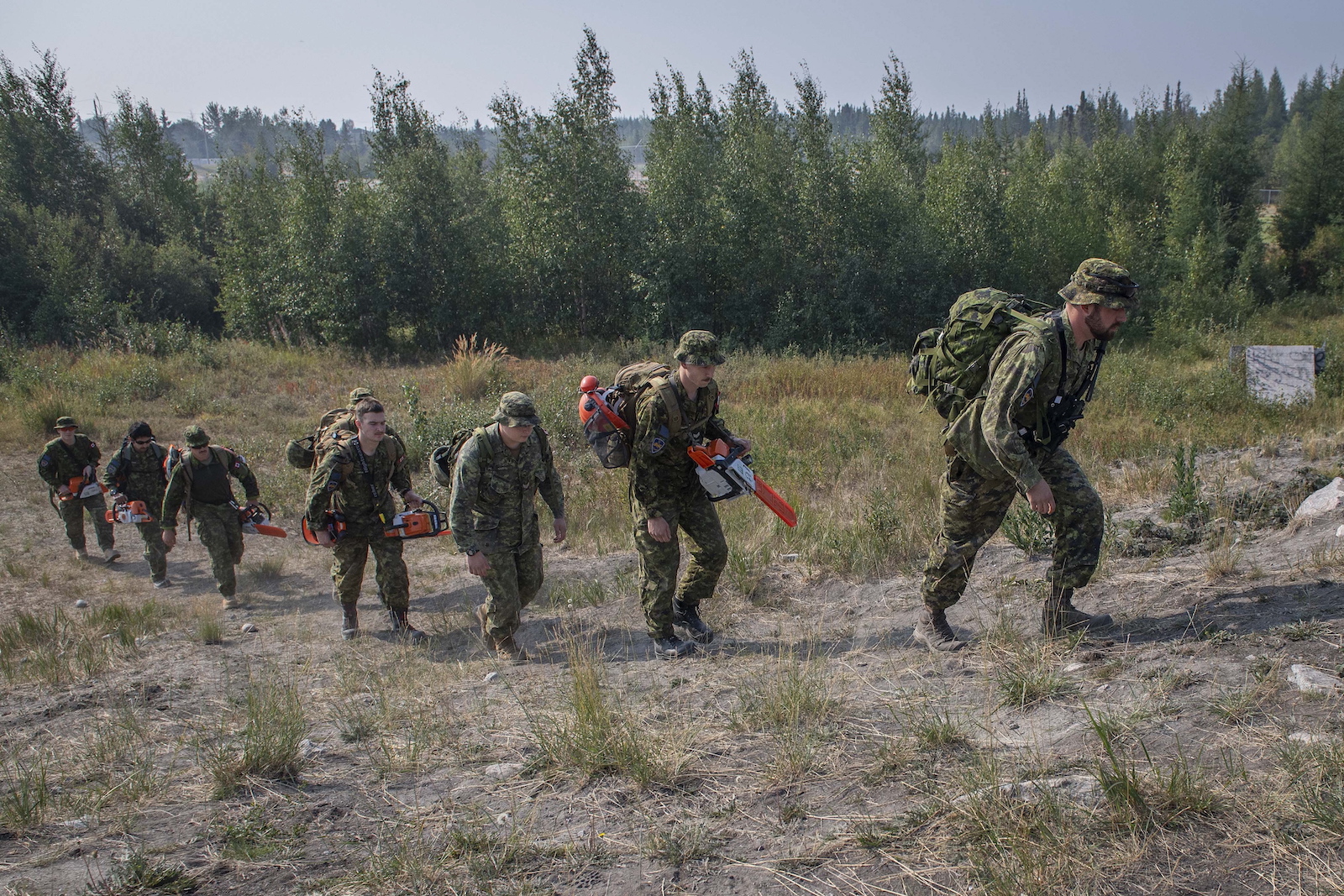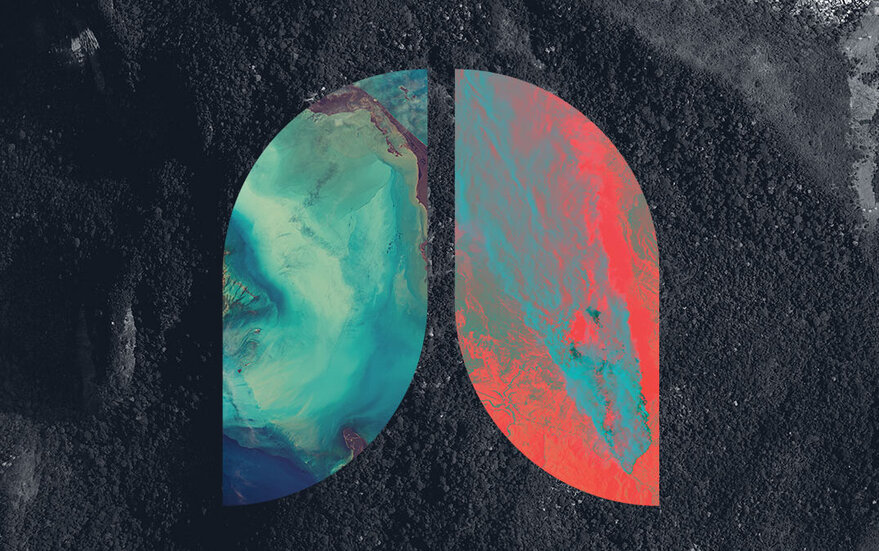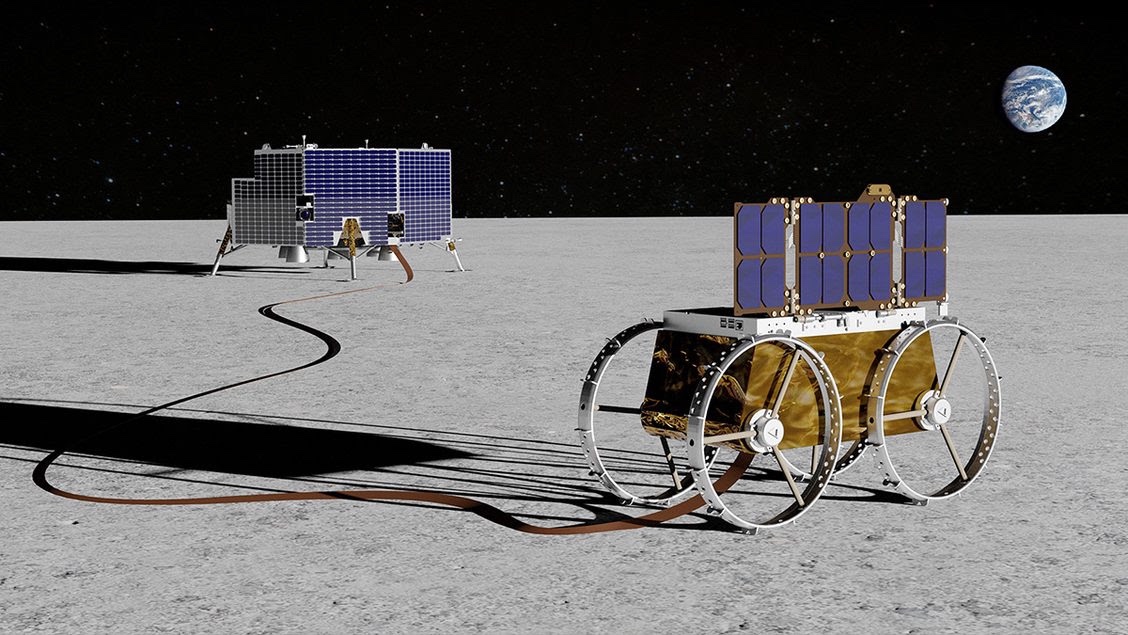This story originally featured on Outdoor Life.
A few years ago, I was leading a hiking trip in a national park when one client and a team leader sled down from the park’s tallest sand dune (a common, typically enjoyable activity in the park). But they had way too much speed and landed on a fire ring left by backpackers. We were out of earshot, and watched as the client failed to get up after 10 seconds … 30 seconds … and we knew something was wrong. My co-leader shot down after her, smashing his elbow on the same rocks. From our vantage point high atop the dune, we could barely hear them calling for help. The other three leaders on the ridge quickly made a plan to get down into the basin without injuring anyone else in the group. We were 2.5 miles away from the parking lot (almost 3 hours walking through deep, loose mountains of sand) and out of cell range.
It was clear the client had a potential spinal injury and had to be immobilized and transported by six group members rotating carrying her out of the basin via a makeshift litter until a stretcher with sand tires could reach us. My co-leader was in emergency surgery that night for a shattered elbow. In hindsight, we did everything right with the rescue, which was led by two leaders with Wilderness First Responder certifications).
I, without any advanced medical training, looked at the rest of the clients in our group and thought: “If one of you gets hurt, I don’t know how to keep you safe.” My job became preventing the panicking clients from getting hurt as we made our way to the park entrance.
I’d never felt so helpless in the wilderness. But I also knew it was in my control to never feel that way again. I took a 10-day course and earned my NOLS Wilderness First Responder certification and recertify it every few years.
I learned that there are a variety of courses that will teach you how to treat everything from a surface-level abrasion, to a broken femur, to a punctured lung. So, here’s a roundup of the best wilderness medicine courses for hunters, anglers, and outdoor adventurers. Figure out which course is best for your time, budget, and activity level—and then enroll. Remember that wilderness medicine is always evolving, so even if you’ve taken one of these courses in the past, it’s always good to update your skills and knowledge.
Disclaimer: This guide is not intended to provide medical advice. It’s an overview of standard wilderness medicine curriculum across various certification levels.
CPR/First Aid/AED
According to the Mayo Clinic, “Studies show that excitement of sighting a deer can send a hunter’s heart rate soaring. This excitement, combined with strenuous hunting activity, can put a physically unfit hunter at risk of a heart attack.” From the anxiety and excitement of preparing your shot to strenuously dragging a deer from the woods, older, less fit outdoors people can be at risk of cardiovascular problems in the field, even if they’re not venturing far.
Even if you consider your outdoor activities to be low risk or in the frontcountry, it’s a short class to feel prepared to protect your loved ones. And even if you never have to use your CPR/AED certifications (which hopefully you don’t), having basic first aid knowledge will always come in handy.
Key skills
| Adult, child, and infant CPR training with rescue breaths or compression only | Stabilize a patient until emergency medical services arrives |
| How to use an AED | Determining lack of pulse and/or breathing and the next steps to take |
| Heimlich maneuver | First aid basics |
Commitment level: Under two hours every two years (in-person, online, or hybrid)
Find a course
Through organizations like the American Heart Association and American Red Cross, you should be able to find a course that fits your location and schedule. It’s also likely that your employer offers some variation of CPR/AED/First Aid. If this course is a requirement for your job, be sure to check if online certifications are valid for your employer.
Wilderness First Aid (WFA)
This course could be for you if you’re a frequent frontcountry recreator (car camping, day hikes) looking to gain more confidence and knowledge in wilderness medicine and decision making. Wilderness First Aid builds off your basic first aid skills but applies them to a wilderness setting. The key distinction between urban and wilderness medicine is that in the wilderness, contact time with a patient is greater, the time between onset/injury and definitive care is greater, the environment is less predictable and may exacerbate illness/injury, and rescuers may have to make decisions without outside communication. So, prevention is always the first priority.
Key skills
| Wound management | Head injury, spine injury |
| Patient assessment system and emergency evacuation plans | Epinephrine auto-injector, anaphylaxis |
| Altered mental status, shock, heat illness, and cold injury | Chest pain, abdominal pain, shortness of breath |
Find a course
- REI
- NOLS
- Backcountry Medical Guides (destination-based expedition courses)
- Colorado Mountain Club (hybrid option, all based in Colorado)
- American Red Cross
- Wilderness Medical Associates International (hybrid option)
- Aerie Backcountry Medicine (Montana)
- Remote Medical Training (Washington)
- Some companies also offer a Wilderness Advanced First Aid certification
Wilderness First Responder (WFR)
Wilderness First Responder has become the standard of medical certification across many outdoor education and guiding professions. It is far more hands-on and in depth than a WFA certification, and focuses on hands-on scenarios to prepare you for situations you may encounter in the field. You work with complicated situations to identify issues and hazards, stabilize and treat patients to your ability, and make a thorough evacuation plan. This is the course I recommend for anyone taking high-risk or extended trips away from cell signal or easy evacuation.
Some key skills beyond WFA and CPR/AED
| Decision making, communicating with Search and Rescue, documentation, and SOAP notes (Summary Objective Assessment Plan) | Soft tissue injury, fracture management and splinting, and dislocations |
| Chest injuries, cardiac, respiratory, and neurological emergencies | Mental health emergencies and psychological first aid |
| Lifting and moving patients | In-depth head and spinal cord assessment/stabilization |
| Diabetes | Altitude illness |
Commitment level: An initial, approx. 80-hour (fully in-person or hybrid) course with 2-3-year recertification. If you have the time and resources, this is the course I recommend. While a hybrid option can be more realistic for your schedule, the more hands-on practice the better when it comes to skills that could save a life in a critical situation.
Find a course
Because WFR is a longer commitment with more advanced skills than the courses listed above, enrolling requires little more foresight and potentially some travel.
- NOLS
- REI
- Backcountry Medical Guides (hybrid course with destination-based expedition)
- Colorado Mountain Club (hybrid, all field days based in Colorado)
- Wilderness Medical Associates International (hybrid option)
- Desert Mountain Medicine (hybrid option)
- Aerie Backcountry Medicine (Montana)
- Remote Medical Training (hybrid, field days in Washington)
- Many semester, gap year, and extended adult expeditions through tripping companies and outfitters include WFR as part of their curriculum
Wilderness Emergency Medical Technician (WEMT)
The WEMT is the highest level of wilderness medical training, and is an intensive, month-long certification program that is also offered on a semester schedule. Through WEMT, you are prepared to both practice as an urban medical professional, as well as in emergency outdoors medicine. It is an approximately 200 hour course. Getting your WEMT certification allows you to advance professionally in wilderness medicine, and if you hold a WFR looking to progress in medicine, such as search and rescue, consider advancing your skills.
Learn more about WEMT
Be prepared
On top of your medical certifications, first aid kit (you’ll learn to build in your wilderness medicine course), and ample food and layers, there are other things you can do to make hiking, hunting, fishing, skiing, biking, and climbing in the backcountry safer so you can have the best experience.
American Alpine Club Membership
Starting at a “Partner Membership” of $65-100 a year (student, military, and family discounts available), you receive $7,500 in rescue services, $5,000 in medical expense coverage, and access to their rescue expense reimbursement process. For a membership fee of $250+, you’re covered for a $300,000 rescue benefit.
Garmin InReach
Carrying a satellite communication device—like the InReach—is crucial to any backcountry sports or expeditions, specifically when you need to call for a rapid evacuation. With three levels of subscription plans, the InReach comes with two-way text messaging, GPS navigation, whereabouts tracking, weather updates, and can pair with your mobile device. Garmin also makes the InReach Mini if you’re looking for a more compact design.
Trail Apps
Know before you go. AllTrails, Gaia GPS, and other relevant apps and websites to where you recreate (like 14ers.com for Colorado residents) are crucial for checking trail conditions and making sure you’re on course. Knowing your route and terrain will prepare you for identifying when you’ve gone off course before you encounter something you aren’t prepared for or risk getting lost.
Final thoughts
I keep up my medical certifications so when I go on trips, I can come home with great stories to tell, a sense of accomplishment, and be ready to do it all again. If you know what backcountry safety looks like, you know what situations to avoid, and how to prevent blisters, safety hazards at camp, and dehydration and heat-related illness (to name a few).
Think about the last close call you had in the woods or on the mountain. If that worst-case scenario had actually transpired, would you have potentially been able to save your friend’s or your client’s life—or save your own? If you’re unsure about that, enroll in one of these courses so that you can approach the next situation with more knowledge, confidence, and training to handle the inherent risks of the outdoors. Get out there and adventure responsibly.
Note: This article have been indexed to our site. We do not claim legitimacy, ownership or copyright of any of the content above. To see the article at original source Click Here













